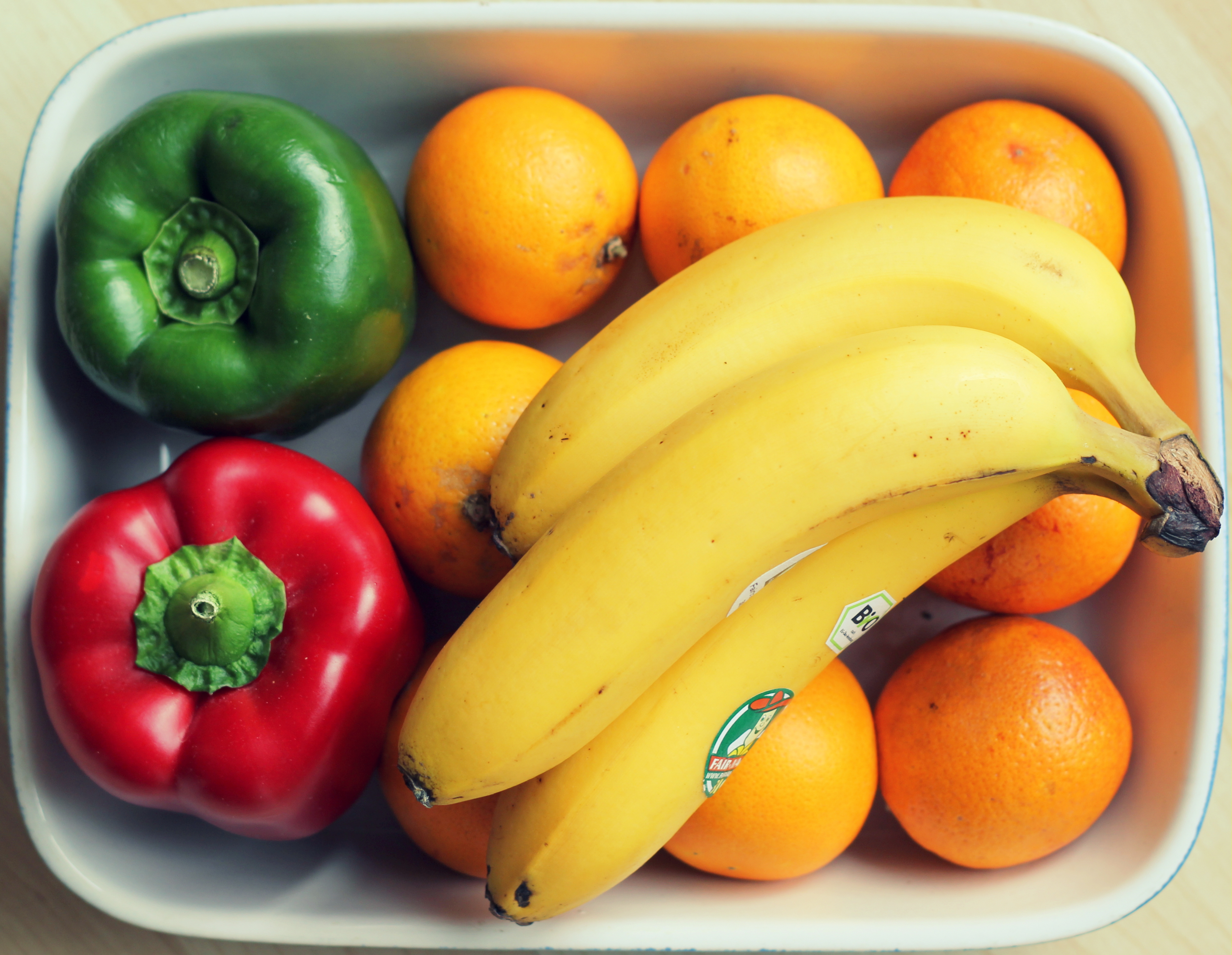Transparency is extremely important to us, so we are letting you know that we may receive a commission on some of links you click on from this page. See our disclaimer.
Can having easy access to healthy foods help employees eat better? This simple guidance may be a useful part of a workplace wellness program that focuses on employee nutrition.
We have reported previously on the importance of healthy eating in the workplace. In a post titled “National Nutrition Month: Tips, Videos, More,” we noted that the Academy of Nutrition and Dietetics wrote in Healthy Eating on the Run: A Month of Tips:
“You probably eat out a lot — most Americans do. People are looking for fast, easy and good-tasting foods to fit a busy lifestyle. Whether it’s carry-out, food court, office cafeteria or sit-down restaurant, there are smart choices everywhere.”
One of their tips: “Tuck portable, nonperishable foods in your purse, tote, briefcase or backpack for an on-the-run meal. Some suggestions are peanut butter and crackers, granola bars, a piece of fresh fruit, trail mix, single serve packages of whole grain cereal or crackers.”
A study published in the International Journal of Public Health takes things a step further — and may help employees think again about their lunch choices.
The study is titled “Perceptions of the food environment are associated with fast-food (not fruit-and-vegetable) consumption: findings from multi-level models.”
The objective: “Diets low in fruits and vegetables and/or high in fast foods are associated with obesity and chronic diseases. Such diets may relate to different aspects of neighborhood food environments. We sought to evaluate if people’s perceptions of their neighborhood food environment are associated with reported fruit-and-vegetable and fast-food consumption.”
The results: “Negative perceptions of the food environment (perceived difficulty finding fruits and vegetables, having to travel outside of one’s neighborhood to get to a supermarket, and perceived poor grocery quality) were each directly associated with fast-food consumption, but not significantly associated with fruit-and-vegetable consumption.”
As the study concludes: “Perceived difficulty finding or accessing produce and high-quality groceries may support the eating of more fast food. Neighborhoods where food-environment perceptions are worst might benefit from interventions to improve availability, accessibility, and quality of healthy foods, towards shifting consumption away from fast foods.”
In other words, encouraging employees to keep healthy choices easily accessible may help them make better choices about what they eat.




0 Comments